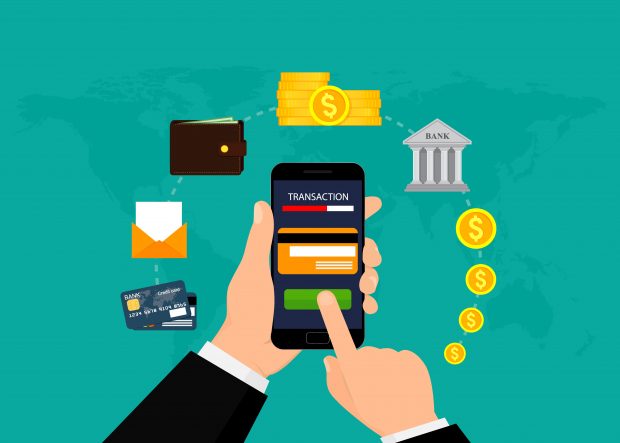 Consumers want the best of everything when it comes to banking. (Source: Shutterstock)
Consumers want the best of everything when it comes to banking. (Source: Shutterstock)
Consumers are continuing to flock to digital banking options, though many are doing so cautiously, according to a new survey from Oakland, Calif.-based payments technology company Marqeta.
The company's survey of 2,000 U.S. and UK consumers found that 62% of Americans did the majority of their banking online, and 75% of all respondents said they would consider a digital-only financial institution if they were to switch.
Recommended For You
"Asked to picture how they expected to engage with their banks in the coming three months, there is a large gulf in the importance placed on the digital app versus a physical bank. Almost three-quarters of UK consumers (74%) and more than two-thirds (69%) of U.S. consumers expected to use their banking app regularly in the next few months. In comparison, only 30% of U.S. consumers and 22% of UK consumers imagine themselves visiting a physical branch as frequently," Marqeta noted.
Branches waning in significance
Forty-three percent of the U.S. consumers in the survey also said they expected to spend much less time visiting physical branches in the next 10 years. Only 33% said they'd be inconvenienced if every branch closed tomorrow, and just 23% said it was important to be able to visit a branch in person to fix a problem.
"We're interacting with a bank through its app so much more frequently than a physical branch, and we're not expecting this trend to reverse itself. It's making us dismissive of the in-person experience," the report said.
Consumers eyeing more options
According to the survey, only 17% of Americans said they were completely satisfied with their current banking options, and 30% said they considered switching financial institutions in the last 12 months. About half of U.S. consumers (48%) said they found modern options enticing.
"The feeling that there is a swath of new modern banking options on the market is creating a feeling of restlessness in the market," Marqeta noted.
But three things kept many consumers from actually pulling the plug on their financial institutions, according to the data. For 20% of U.S. consumers, switching was too much work; for 25% it was "too interruptive." About 15% of U.S. consumers said they haven't moved because they didn't know where to start.
Wariness about digital-only options persists
Despite the fact that so many consumers said they were willing to consider digital-only options if they ever switched financial institutions, few have actually made that leap.
Just 14% of U.S. consumers in the survey used digital-only financial institutions as their primary banking option, according to the data. Worries about customer service, track record, deposit volume and staying power were big barriers for many respondents, and 54% of those in the U.S. said they thought digital financial institutions were riskier places to store their money.
A recession could make that last worry even worse. According to the data, 61% of U.S. consumers in the survey said they would feel less comfortable moving to a digital financial institution if the economy deteriorated.
However, for now, digital-only options appear to have become the "sidekick" for many consumers — 45% of U.S. consumers used some sort of digital banking service alongside their traditional service, and of them, more than half (53%) said the service from the digital-only option was better.
"Market share isn't the only relevant assessment of digital banking's success, because people are experimenting with digital banks and are impressed with the experience," Marqeta noted.
© Touchpoint Markets, All Rights Reserved. Request academic re-use from www.copyright.com. All other uses, submit a request to [email protected]. For more inforrmation visit Asset & Logo Licensing.






